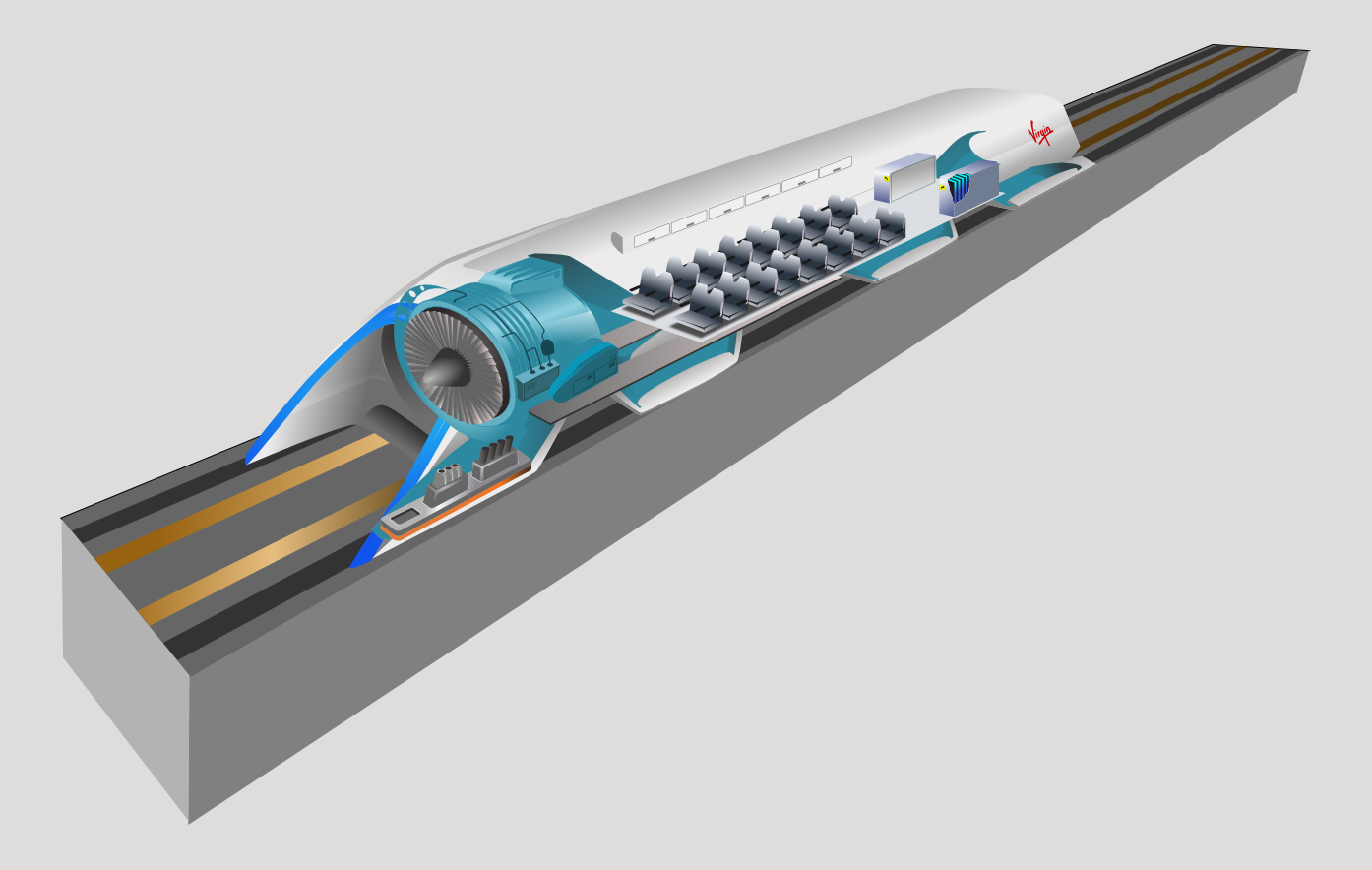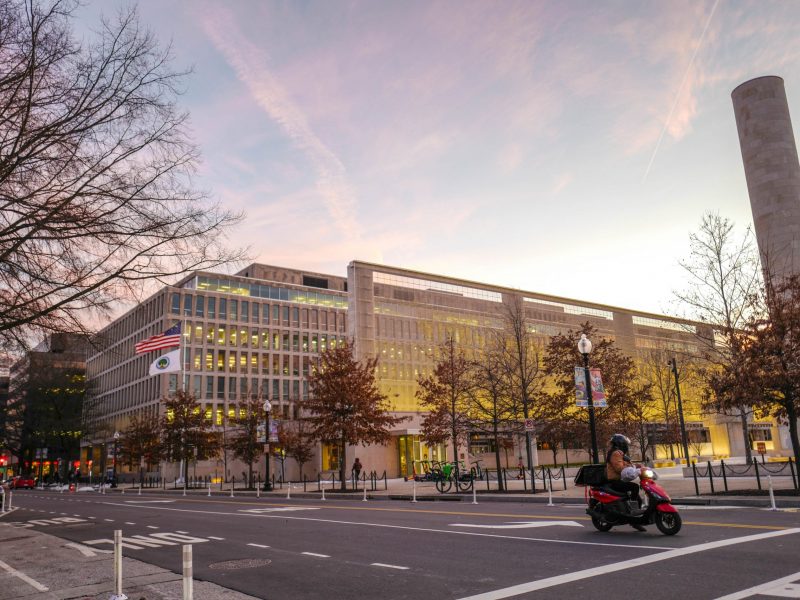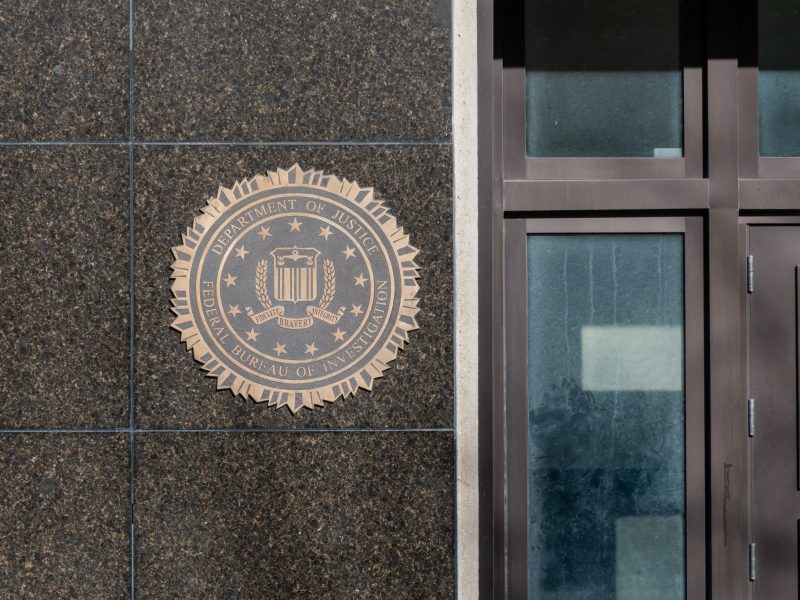After a weekend at home in north New Jersey, junior computer science major Samantha Jalowicz sat in traffic for five hours to get back to the University of Maryland.
“It was terrible,” she said. “[I’d take] anything to cut that down.”
Soon, Jalowicz might be able to make that trip much quicker.
The hyperloop — an underground, high-speed transportation system Elon Musk’s tunneling firm wants to build — could ferry passengers from Washington, D.C., to New York in 29 minutes, with stops in Baltimore and Philadelphia.
[Read more: This house is 100 percent solar powered. A UMD team wants to mass produce it.]
Maryland issued the firm, The Boring Company, a permit to begin digging tunnels for the hyperloop, Gov. Larry Hogan’s administration said Oct. 19.
This permit allows the company to dig a 10.3-mile tunnel under the part of the Baltimore-Washington Parkway owned by the state, which is in Hanover between the Baltimore city line and Maryland 175, The Baltimore Sun reported. The project will start in Anne Arundel County near Fort Meade, Hogan spokesman Doug Mayer told The Washington Post.
The hyperloop “is a long tube that’s at a very low pressure, almost a vacuum” that allows for pods to move at very accelerated speeds, said Noah Ryder, this university’s hyperloop team academic lead.
The tube has a track like a rail would have, Ryder said, but what makes the system work is mostly the vehicle pod itself.
“All of these pods would travel on a rail system that would ideally allow for levitation of the pod itself,” said Ryder, who is also a visiting researcher and adjunct professor in the fire protection engineering department.
Less friction and low drag inside the vacuum-like hyperloop allow pods to accelerate up to 700 or 800 mph with minimal energy requirements, he added.
Jalowicz said she’d go home more often and also consider day trips to Philadelphia or New York City with the hyperloop — if it were affordable.
[Read more: UMD receives $500,000 grant to launch an augmented and virtual reality center]
“Now I don’t really go home as much because I don’t want to sit in traffic for five hours,” she said.
Though this state doesn’t plan to contribute funds to the project, Hogan toured a Hanover site that might eventually serve as a hyperloop entry point, The Sun reported.
Maryland officials didn’t immediately have information as to what the conditional approval entails or what environmental reviews the projects requires, The Post reported.
The process of excavating dirt to build the tunnels can harm the environment, according to The Boring Company’s website, so research is being done on new technology to create bricks from the dirt.
The tunnels can also cost up to $1 billion per mile, the company’s website indicated. One way to reduce the cost would be tunneling research and development, in which there is almost no investment in the United States, their website said.
Mary-Charlotte Wasserbach, a senior psychology major, said the hyperloop would be useful, provided it’s also cost-effective.
“If they should do it or not depends on where, how much it’s going to cost, where the tunnels would be and where is the funding going to come from,” she said. “It sounds like a really cool concept, though.”



